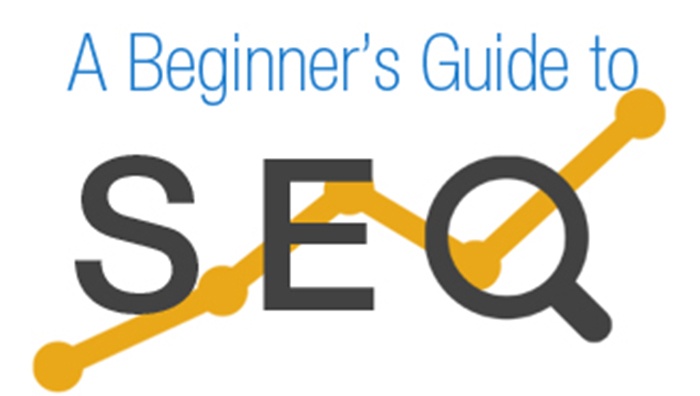Want to know what Search Engine Optimization or SEO as it is frequently called is really all about? Trying to understand what the term means without knowing the basics can make things quite confusing. That’s why we decided to devote some space to explaining these fundamentals. We hope our briefing will stimulate your interest and encourage you to learn more about the fascinating and dynamic world of SEO.
Nowadays, people browse online for the information they need. They type a word in the search box and the results appear almost instantaneously. They then tend to click on the results that appear in the initial pages, that is, the first or second search engine pages. This has important implications for websites. Suppose you have a business website and someone searches online for a product or service you are offering. If your website doesn’t appear in the top search results, then it’s like you are not in the market! This is where search engine optimization comes in – it gives you that much-needed visibility so that you can attract your targeted audience.
Search engine optimization is a process of optimizing your website to bring it to the top of search results, when users search with words related to your site – what we call ‘keywords’. Optimizing your website means increasing the chances of visibility of your website or web page in leading search engines such as Google, Bing, Yahoo and more. You are probably wondering how search engines read and recognize your content to bring it top. Read on!
Search engines use a web spidering tool, a software program that searches and analyzes individual web pages and indexes websites for search engines. They rank pages based on content and incoming links and decide the most relevant search results to be returned to a user. There are three steps involved:
- Crawling – The spiders or automated robots find and crawl web pages. They can simultaneously crawl thousands of pages at a time. These crawls depend on factors such as PageRank, links to a page, the number of parameters in a URL, and so on. Computer programs determine Google’s crawl process and decide which sites to crawl, how often, and how many pages to fetch from each site. Crawler-friendly website are ones which follow the design and content guidelines as well as technical and quality guidelines of search engines.
- Indexing – Once the web pages are crawled by search engines, these are handed over to the indexer. The web pages are extracted according to factors such as title, links, words present, number of any particular word (keyword), and more. These pages are then sorted alphabetically by search term and stored in the index data base such that they can be easily accessed and recalled later whenever needed.
- Query Processor – When users search for the terms in the search box provided, search engines not just provide answers or results that match single search term but give priority to pages that contain the same order of each search terms. They provide results that are relevant to search terms.
The relevance and importance of web pages change when search engines update their algorithms. Your website can get top ranking on the initial page of search results and attract targeted traffic only with the right SEO strategies. That’s why businesses look to professional SEO companies to give them the much needed competitive edge they need to succeed.



